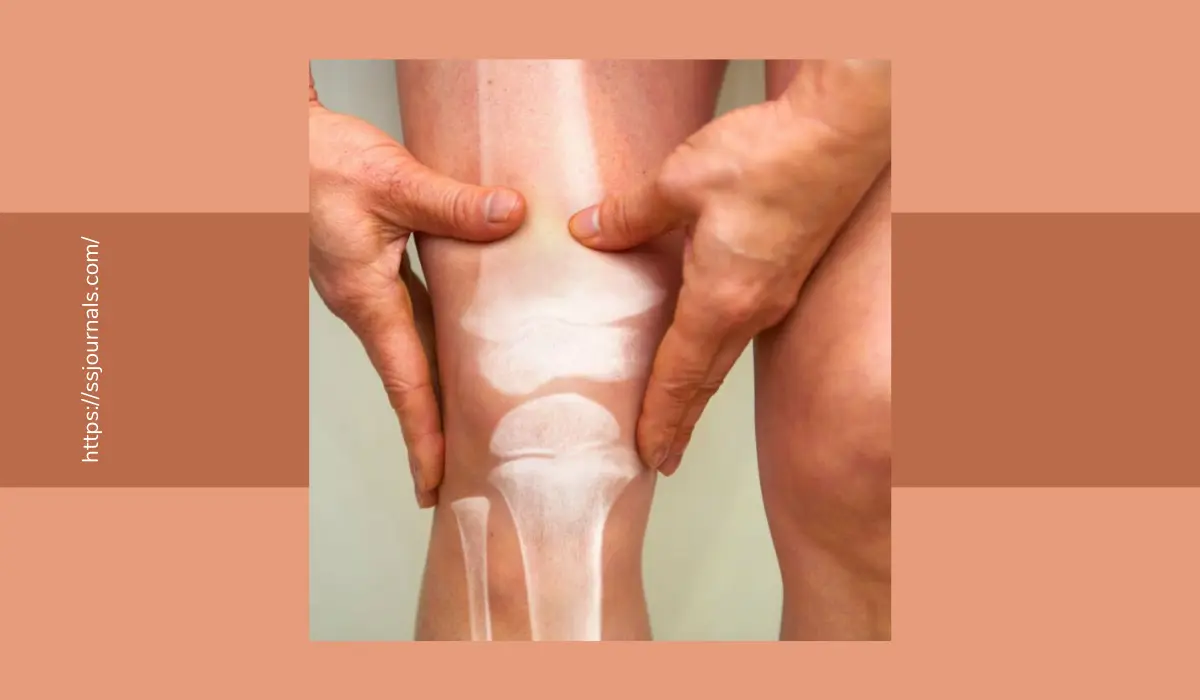Osteoarthritis (OA) is the most common form of arthritis, affecting millions of people worldwide. It occurs when the protective cartilage that cushions the ends of your bones wears down over time. Osteoarthritis can cause joint pain, stiffness, and swelling.
Although osteoarthritis can damage any joint, the disorder most commonly affects joints in your hands, knees, hips, and spine. Risk factors for osteoarthritis include obesity, aging, joint injuries, and genetics. There is no cure for osteoarthritis, but treatments can help relieve symptoms and prevent the condition from worsening.
What Is Osteoarthritis?

Osteoarthritis is a degenerative joint disease that causes pain, swelling, and reduced motion in the joints. It happens when the cartilage that covers and acts as a cushion inside joints gradually wears away.
This allows bones to rub together, causing pain, swelling, and changes in the joint. Osteoarthritis usually occurs later in life and often affects the hands, knees, hips, and spine. Sometimes osteoarthritis follows a joint injury or infection, but frequently no cause is apparent.
Obesity, joint overuse, and genetics can increase the risk of developing osteoarthritis. There is no cure, but medications, therapy, exercise, and even surgery can help relieve symptoms and improve joint mobility.
Who Gets Osteoarthritis?
Osteoarthritis most commonly affects older adults, people who are overweight or obese, those with a family history of the condition, athletes and people in occupations requiring repetitive joint use, as well as individuals who have experienced joint injuries earlier in life.
Causes Of osteoarthritis
Here are the main causes of osteoarthritis explained in point form:
- Aging – As we get older, the cartilage in our joints gradually breaks down over time. This wear and tear leads to osteoarthritis.
- Obesity – Carrying excess body weight puts added stress on weight-bearing joints like hips and knees, increasing the risk for osteoarthritis.
- Joint injury – Sports injuries, occupational injuries, and trauma to joints can increase the risk of developing osteoarthritis later on.
- Genetics – People with family members who have osteoarthritis are more likely to develop it themselves due to genetic factors that affect cartilage.
- Repetitive joint use – Certain occupations or activities requiring repetitive knee bending, squatting, or wrist flexing can overwork joints and contribute to osteoarthritis.
- Abnormal joint anatomy – Joint deformities, either present at birth or acquired due to injury or disease, can make osteoarthritis more likely by disrupting normal joint function.
- Metabolic disorders – Diseases like diabetes and thyroid problems increase the risk for osteoarthritis by interfering with normal cartilage metabolism.
Management And Treatment Of Osteoarthritis
There is no cure for osteoarthritis, but treatment goals focus on reducing symptoms and improving quality of life. Management strategies can include:
- Weight loss takes pressure off joints.
- Pain medications (acetaminophen, NSAIDs)
- Nutritional supplements: glucosamine, chondroitin
- Braces, shoe inserts, and walking aids improve stability.
- Activity modification: avoid activities that worsen pain.
- Low-impact exercise improves joint mobility.
- Physical therapy strengthens muscles around joints.
- Heat and cold therapies reduce stiffness and pain.
- Corticosteroid injections reduce inflammation.
- Surgery: joint replacement or realignment
Treatment plans are tailored to each patient based on factors like age, health status, joint(s) affected, and disease severity. Early treatment helps manage symptoms, improve function, and delay the progression of osteoarthritis.
Final Take
Osteoarthritis is a common joint disorder affecting millions of people worldwide. It results from gradual wear and tear on joint cartilage that leads to pain, stiffness, and swelling. While there is no cure, various medications, therapies, aids, and even surgery can help relieve osteoarthritis symptoms and retain joint mobility.
Treatment is most effective when started early to help halt disease progression. Losing weight, avoiding joint overuse, and engaging in regular low-impact exercise are also key to managing osteoarthritis.

